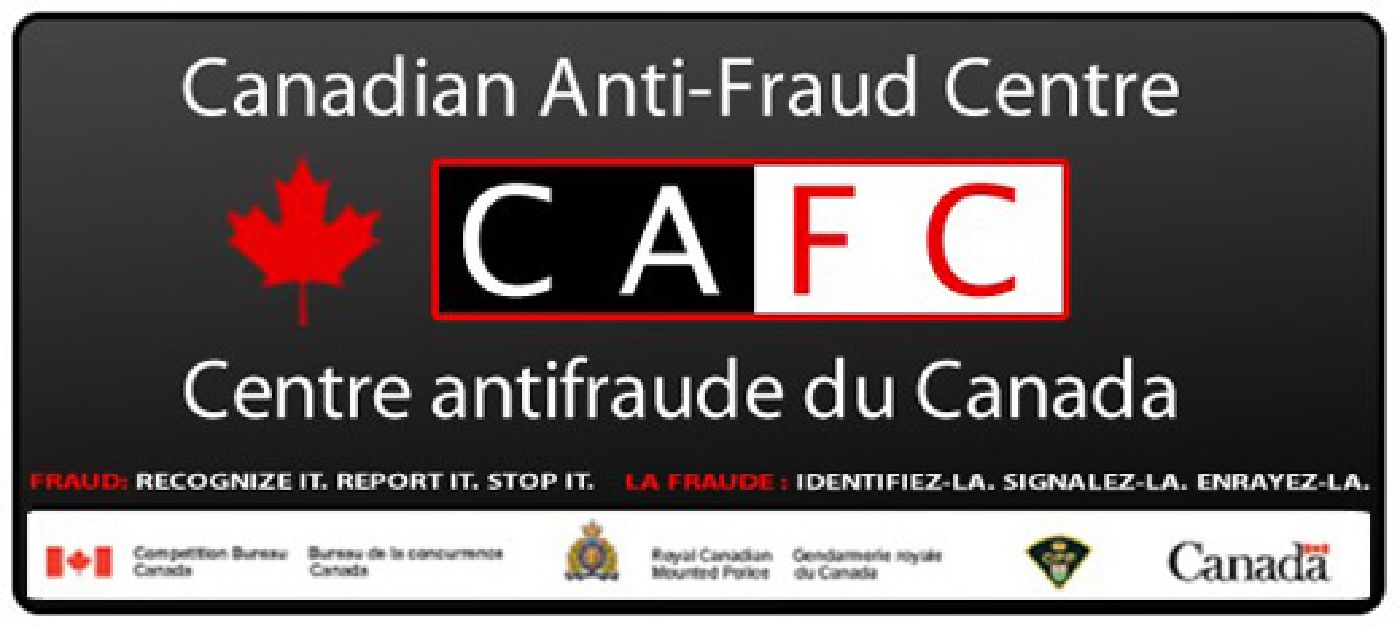Royal Canadian Mounted Police
The RCMP Scams and Anti-Fraud site covers identity theft, payment cards, email, mass marketing, internet-related, investment & securities, and counterfeit.
Identity Theft and Identity Fraud Victim Assistance Guide on what to do if you become a victim.



SHARE THIS PAGE!